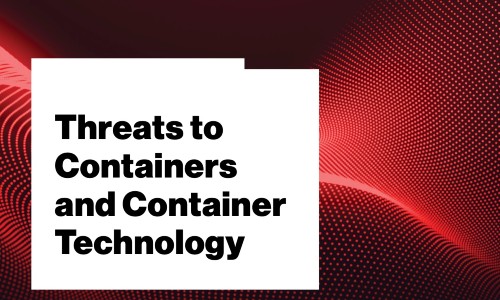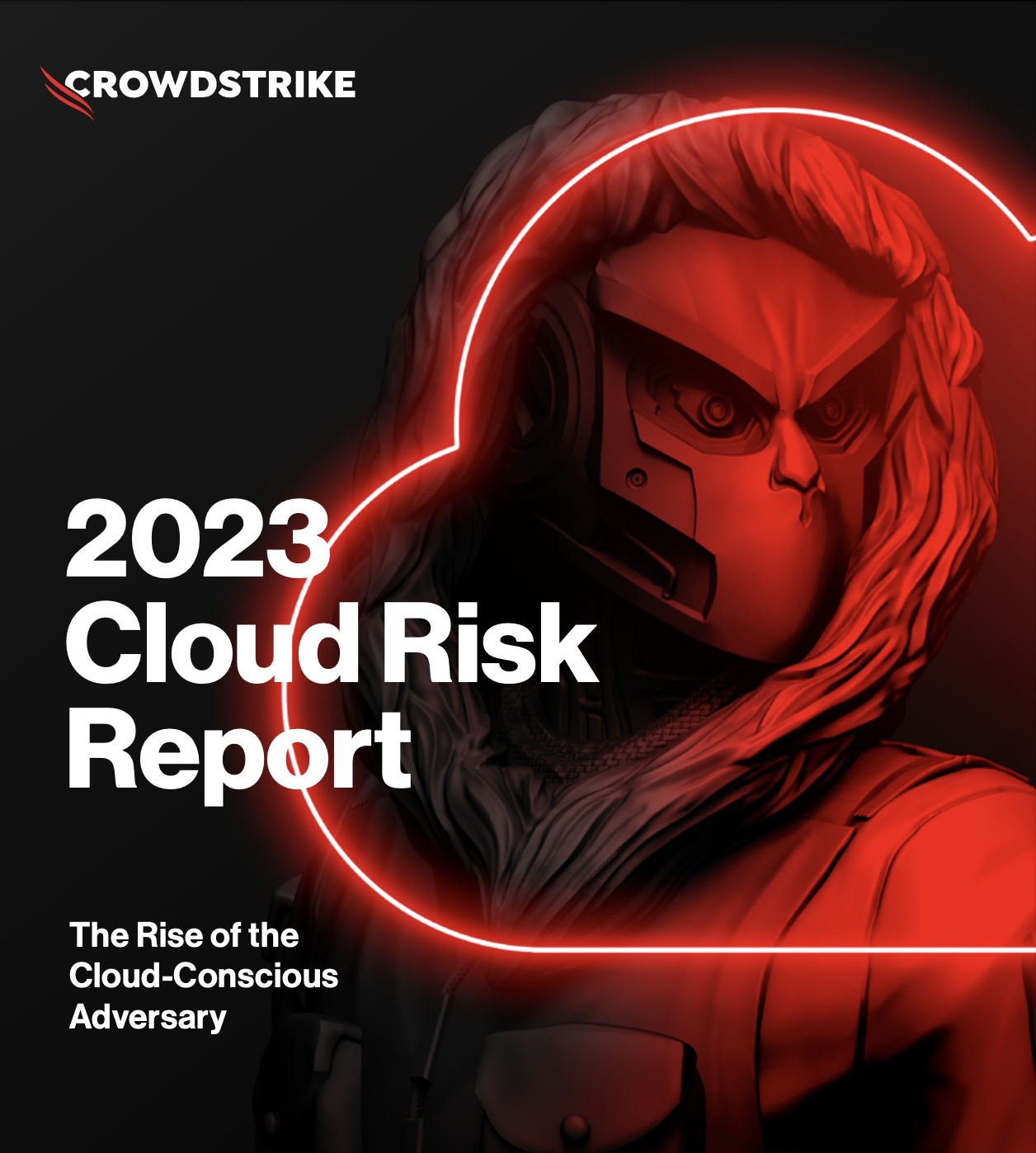What is container scanning?
Containerization has been a game-changer for how today’s software organizations build, deploy, and manage applications. With the shift toward distributed and more complex software environments, containers enable developers to encapsulate an application with all its dependencies into a single, stand-alone unit. The result is consistent execution across diverse infrastructures. However, the security challenges containers present highlight the need to add a new tool in the DevSecOps toolbelt: container scanning.
Container scanning is the process of analyzing components within containers to uncover potential security threats. It is integral to ensuring that your software remains secure as it progresses through the application life cycle. Container scanning takes its cues from practices like vulnerability scanning and penetration testing. By scrutinizing images, file systems, and configurations, container scanning detects vulnerabilities and misconfigurations in containers that might otherwise slip through unnoticed.
Importance of container scanning
DevOps teams leverage containers to create replicable environments. With containerization, long gone are the days of “it worked on my machine” conflicts. Containers promote environment consistency and process automation, significantly smoothing the application deployment process. The result is faster and more reliable software releases.
However, as containers interact with the host OS and other containers, a single vulnerability or misconfiguration could potentially compromise the entire system. Container scanning offers a line of defense against these potential risks. Let’s shift our focus to what container scanning looks like in practice.

Threats to Containers and Container Technology
Download this white paper to learn about threats and observed threat actor behavior related to container technology that occured between 2019 and 2022.
Download NowStages of container scanning
Container scanning is a set of processes meant to detect and handle vulnerabilities in containers. These processes occur at different stages in the life cycle of a container.
- Pre-build scanning: A Dockerfile specifies how an image will be built. Even before the container image is built, the Dockerfile is inspected for potential security issues. This early-stage inspection helps catch vulnerabilities even before a container is built.
- Post-build scanning: Container images are scanned for known vulnerabilities and misconfigurations. Because container images are sometimes made up of a base image with additional images layered on top, every layer of a container image is scanned for vulnerabilities.
- Runtime scanning: Active containers are scanned for vulnerabilities. Scanning at the runtime stage ensures that vulnerabilities introduced after deployment are detected and addressed.
- Compliance scanning: Each organization may have specific security standards or regulatory compliance requirements. Container scanning at this stage ensures that containers comply with these requirements.
To be effective, container scanning tools should be integrated with continuous integration/continuous delivery (CI/CD) pipelines, promoting continuous security as a part of the software build and delivery process. This way, as soon as code changes are committed (triggering the CI/CD pipeline), the container scanning tool can detect vulnerabilities, alerting your team. DevSecOps teams can detect and resolve security issues in real time.
Now that we’ve looked at when container scanning typically occurs, let’s look more closely at the key processes involved.
Key processes in container scanning
Effective container scanning is composed of several vital processes, each with a unique role. Key processes include the following:
- Image scanning: Image scanning checks container images — both the base image and the layers built on top of it — for known vulnerabilities. Early identification and mitigation of these risks ensure these vulnerabilities are handled before deploying a container.
- Image assessment: Beyond vulnerability scanning, an image assessment involves a deep inspection of the image content to assess the overall security posture of the container. This includes examining dependencies and configurations.
- Snapshots: A container image snapshot provides a record of the image’s content, configuration, and security vulnerabilities at a given point in time. Capturing snapshots is essential for maintaining a historical record of your container as it evolves.
- Secrets management: Image assessment includes scanning a container for the presence of secrets — sensitive data such as API keys, passwords, or tokens. Secure container images should be completely free of these secrets.
- Infrastructure as code (IaC) scanning: IaC scanning looks for security issues or misconfigurations in the code used to define your container-supporting infrastructure. This ensures that the environments in which you deploy containers are just as secure as the containers themselves.
- Configuration and compliance checks: These checks ensure that container configurations are correct, align with best practices, and meet compliance and security policy standards.
Although the processes involved with container scanning are straightforward, organizations should recognize that container scanning comes with its own set of challenges. Let’s consider some of these challenges and how to navigate them.
Expert Tip
Read this article to stay up to date with common container security best practices to put in practice so that your containers and all its components stay protected from adversaries.Container Security Best Practices
3 Challenges in container scanning
Container scanning in real-world situations can present several challenges, ranging from misconfigured settings to outdated vulnerability databases. In addition, large-scale deployments with hundreds of containers may overload some container scanners, resulting in longer scan times and potential gaps in coverage. The following challenges are worth noting.
1. Quality and machine learning
Modern container scanning tools increasingly leverage machine learning (ML) models to improve their accuracy and efficiency. However, scanning effectiveness depends on the quality of these ML models. ML models must be trained on comprehensive and up-to-date datasets. Maintaining, updating, and retraining models may require significant effort and resources from organizations.
2. Depth of scanning and container security tools
Each container scanning tool offers a different level of depth in its analysis. Some tools may check for known vulnerabilities in image layers but not inspect file systems or configurations. As an organization evaluates container scanning tools, it shouldn’t assume the same level of analysis across all options. Choosing the correct container scanning tool and configuring it correctly are crucial to its effective use.
3. The “noise” problem: false positives and negatives
False positives, in which a scanner detects a vulnerability that is not actually a threat, can lead to unnecessary alarm and wasted effort. On the other hand, false negatives, in which a scanner lets a genuine vulnerability slip through, can result in a serious security incident. Container scanning tools need proper calibration and redundancy checks to help minimize this noise.

2023 Cloud Risk Report
Download this new report to learn about the most prevalent cloud security threats from 2023 to better protect from them in 2024.
Download NowMeeting the challenges of container scanning
Despite the challenges associated with container scanning, organizations can adopt practices and strategies to streamline their container scanning process. These include:
- Automation
- Integration with CI/CD pipelines
- Updating vulnerability databases regularly
- Fostering a security-centric culture within DevOps teams
In addition to these practices, organizations should leverage reliable, in-depth container scanning tools that are tightly integrated with their current DevSecOps tooling. By leveraging a single tool that can identify container misconfigurations earlier in the application life cycle, organizations can improve the efficiency of their developers and security teams. This improves their overall security posture and reduces application downtime.
CrowdStrike Falcon® Cloud Security scans for container image vulnerabilities and performs IaC scans — all from a single platform. IaC scanning can identify over a thousand different types of misconfigurations across a broad set of resources, including cloud and container assets.
To get started, schedule your complimentary Cloud Security Risk Review today.

